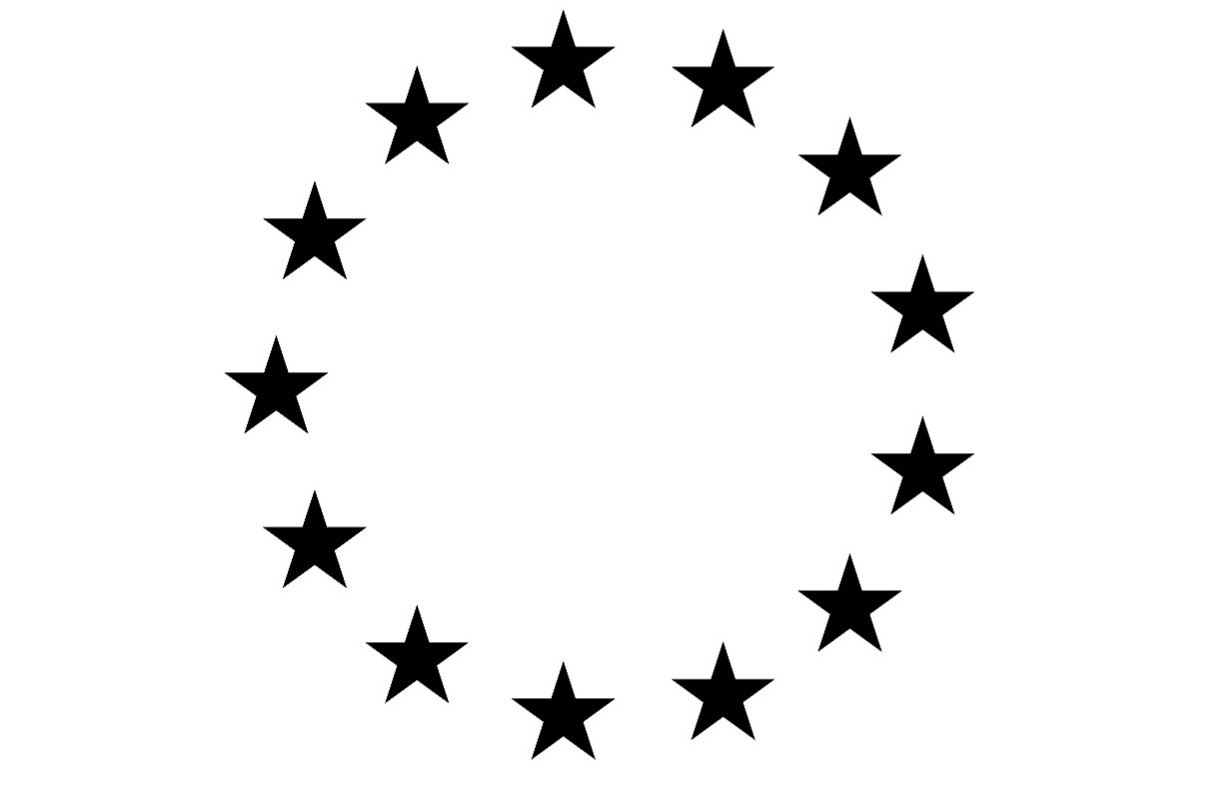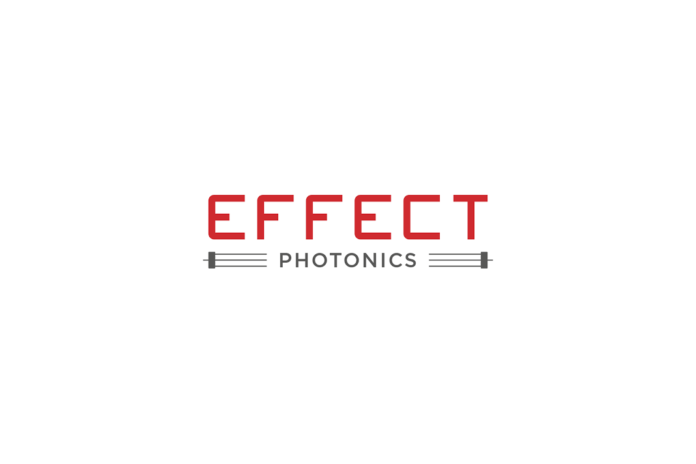A (relatively) new technology called “coherent transmission” has made enormous scaling of optical network transmission possible (allowing operators to upgrade the said, without replacing the physical fiber structure in the ground). In contrast to “direct detection” (first introduced a decade ago) (where only the amplitude of light is used to encode info), in coherent transmission amplitude is combined with phase modulation & polarization to send optical signals to a new type of digital signals processor (DSPs) (that combines them into one/ coherent high-speed data signal), which has enabled a 100x increase in wavelength speed & the ability to transmit signals over much longer distances. As coherent transmission tech progresses, the optical components to transmit & detect light, such as lasers & detectors, are being continually miniaturized to the point that they can fit into ever-smaller, lower-power, “pluggable packages” – “pluggable optics are these little metal modules/ optical transceivers, that you can connect to switches & routers to service together” (note: pluggable optics are a dominant trend for very short-reach links within buildings & campus networks, as well as short-reach links i.e. sub-10km point-to-point connections). Difficult stuff? Not for Netherlands-based EFFECT Photonics: “we integrate all the optical components needed for a coherent transceiver in a single fully integrated chip”, “our fast, small & affordable transceivers can be plugged all over optical networks, from the data centers all the way to customer premises”. As such, EFFECT Photonics targets clients in the telecom industry, to help them improve 5G (soon 6G), access networks, cloud & cloud-edge (note: the global edge data center market is predicted $32bn by 2023, up from $6bn in 2021). EFFECT Photonics does this via a portfolio of products across i) “pluggables” – both direct, but especially coherent-types, ii) “sub-assemblies” – integrated tunable laser assembly as well integrated coherent transmitters & receiver optical sub-assembly (IC-TROSA), and iii) “ASICs” (electronic application integrated circuit) – “by owing the laser, the single InP-based photonic integrated circuit (PIC) (the heart of our coherent transmission systems) & DSP tech blocks, we can build ASICs that perform much more than just signal processing”. It’s worth mentioning, that EFFECT Photonics used to be fully vertically integrated, but has recently pivoted to becoming “fabless” i.e. partnering with manufacturers such as Fabrinet (Thailand) to produce their gear (Fun fact #1: Blickfeld, a Netherlands-based lidar hw & sw startup also counts Fabrinet as a “production partner”). EFFECT Photonics was spun out of the Technology University of Eindhoven in 2010 by Boudewijn Docter (Advisor) & Tim Koene-Ong (CTO), and is today led by Roberto Marcoccia (CEO) (Fun fact #2: Netherlands-based Eindhoven, Twente & Delft University rank in the 3 top globally in terms of photonics-related publications). Finally, EFFECT Photonics also received support from Photon Delta – a public-private partnership set up in 2018 to implement the Dutch National Plan for Integrated Photonics – which also invested in QuiX Quantum (NL) (€5.5m), Surfix (NL) (€5.5m), Smart Photonics (NL) (€73m) & PhotonFirst (NL) (€11m). Honorable mention goes to EFFECT Photonics for being a winner of the Gerard & Anton Award. The new funds (which come just 24 months after the firm raised a €31m Series C) will be used for “general market rollout”. <Source: siliconcanals.com, innovationorigins.com, electrooptics.com, bits-chips.nl, eetimes.eu, ciena.com>


